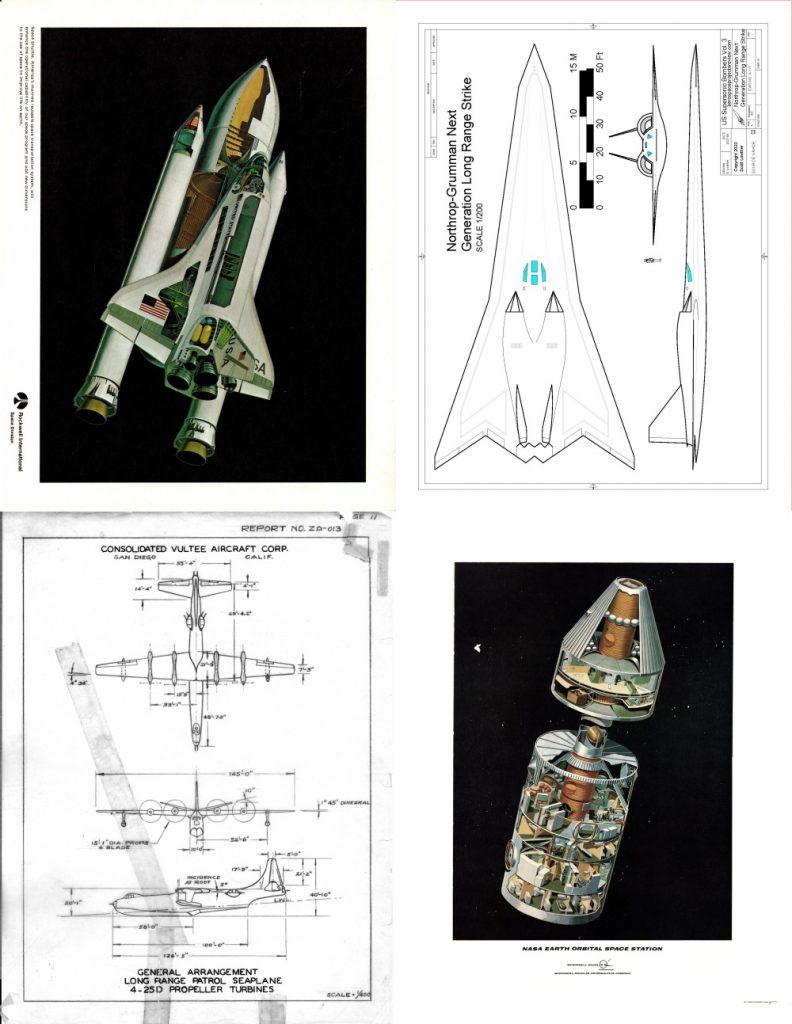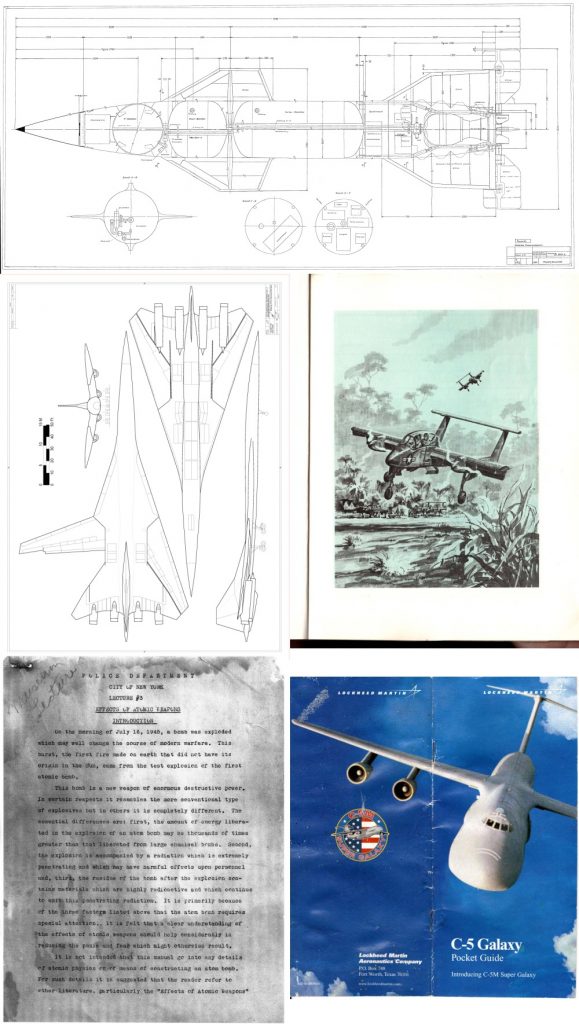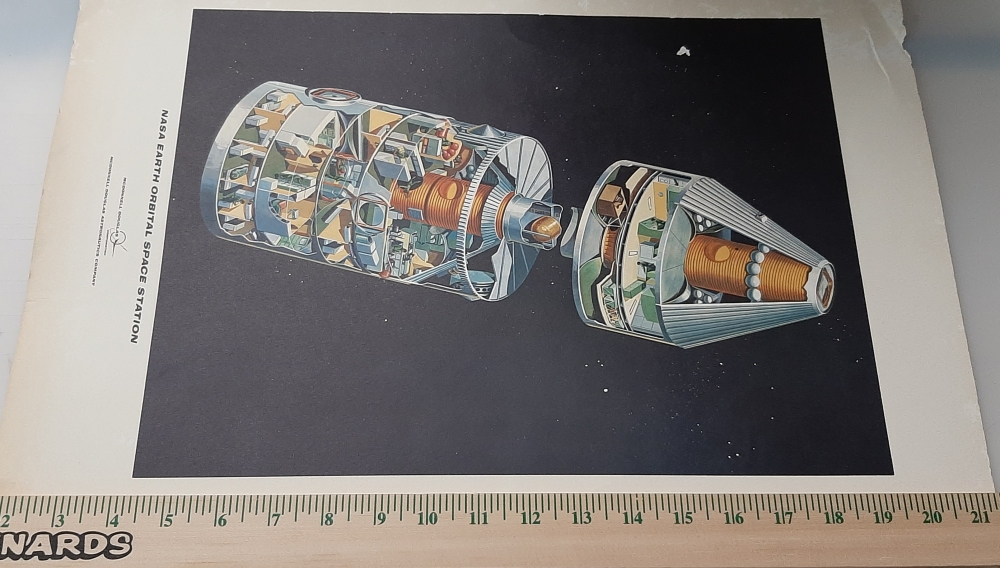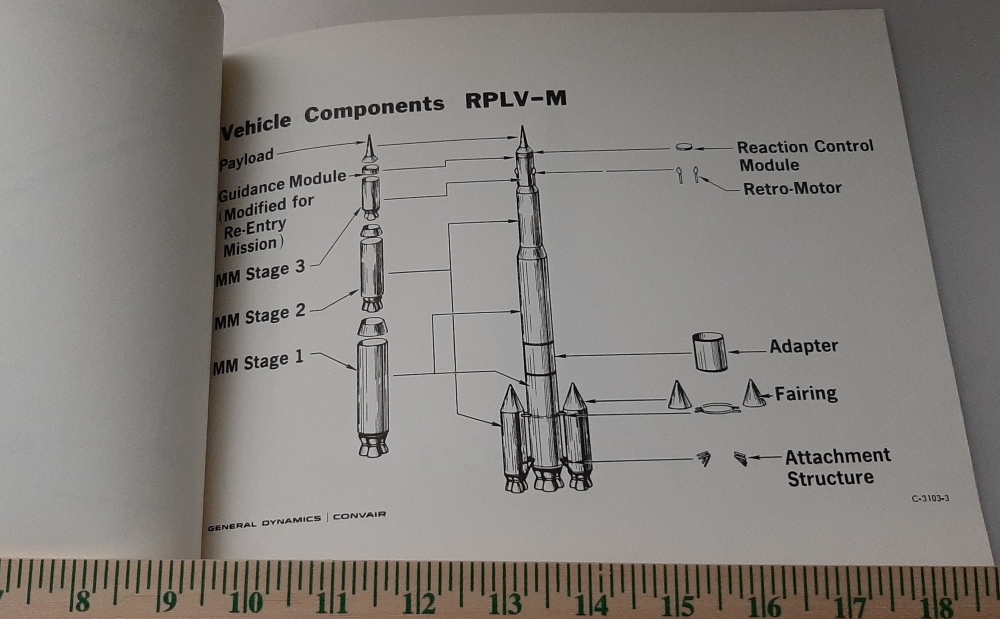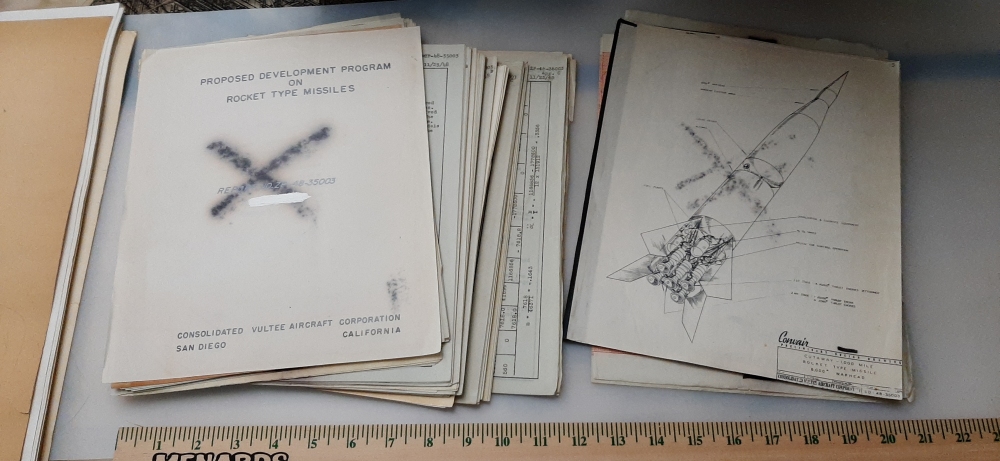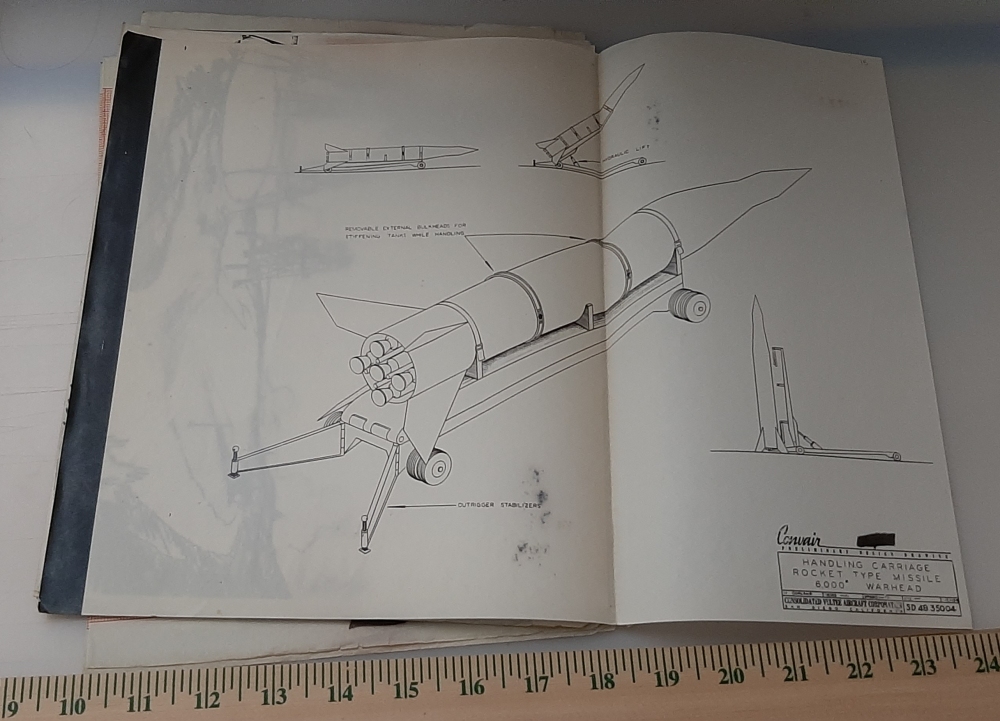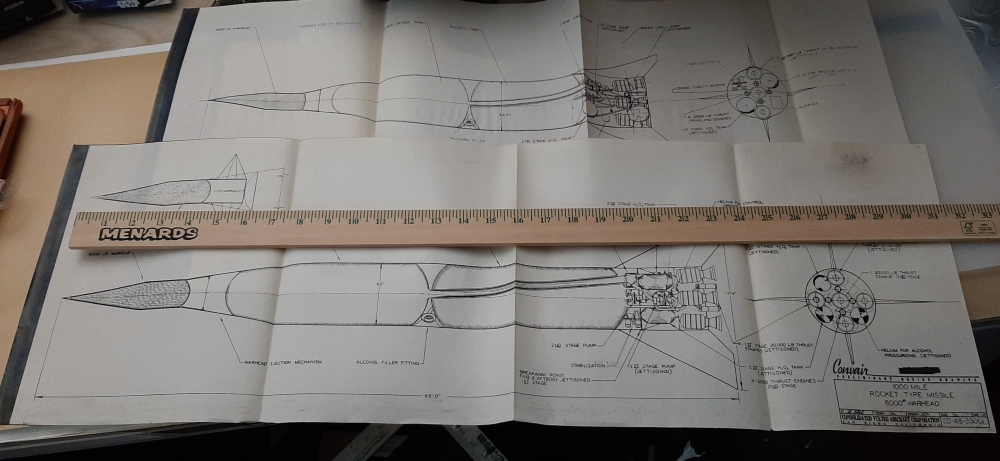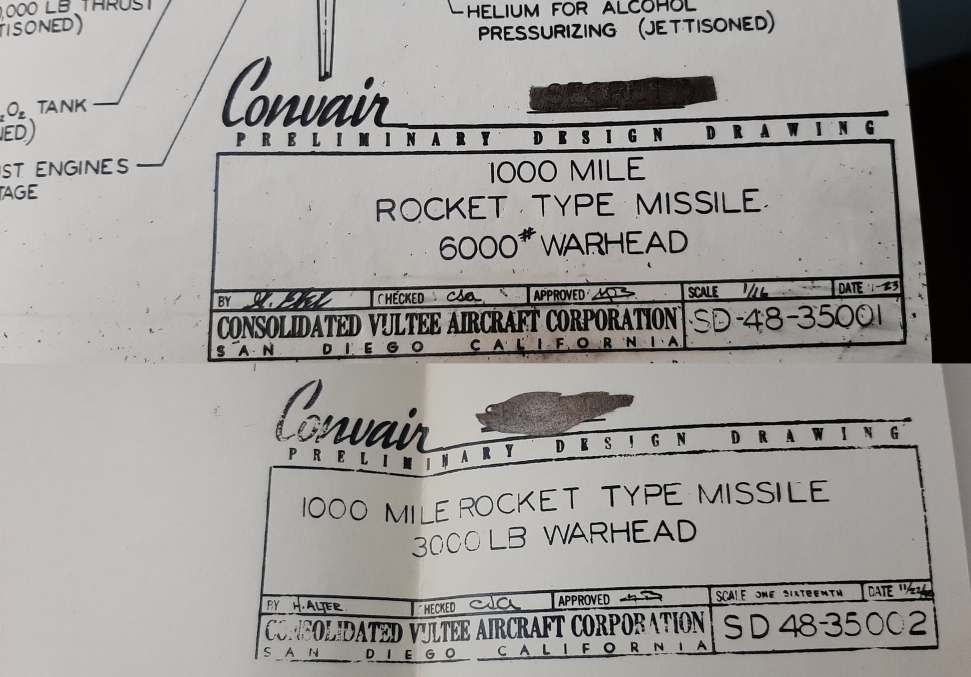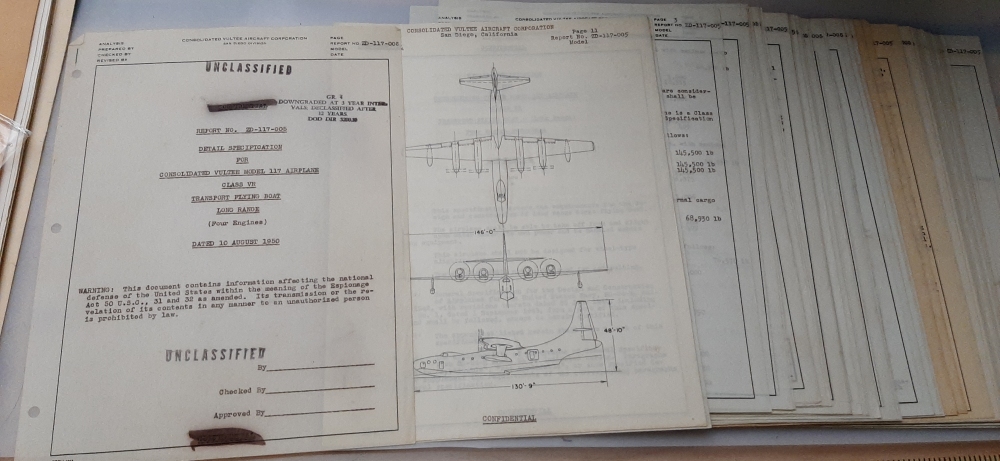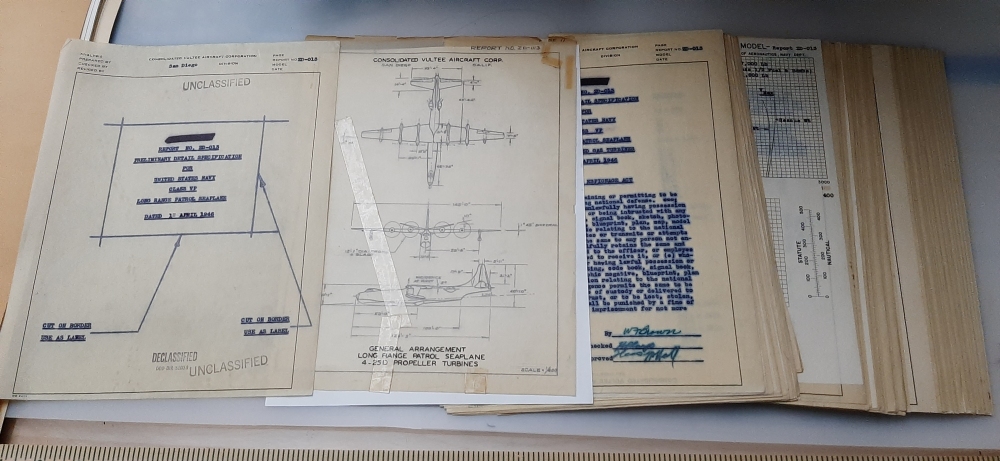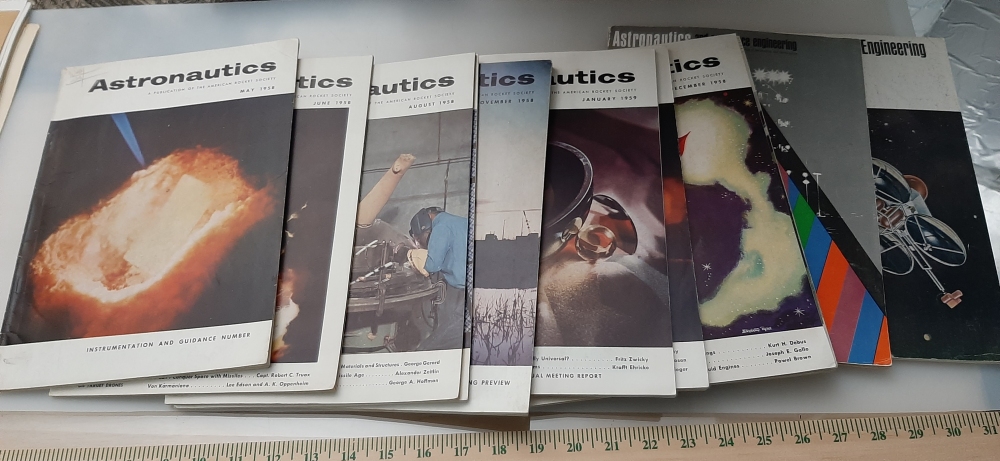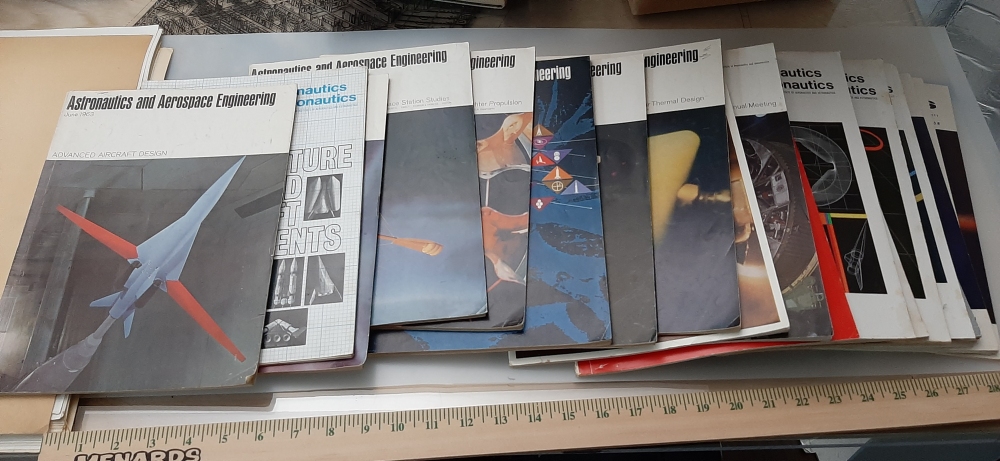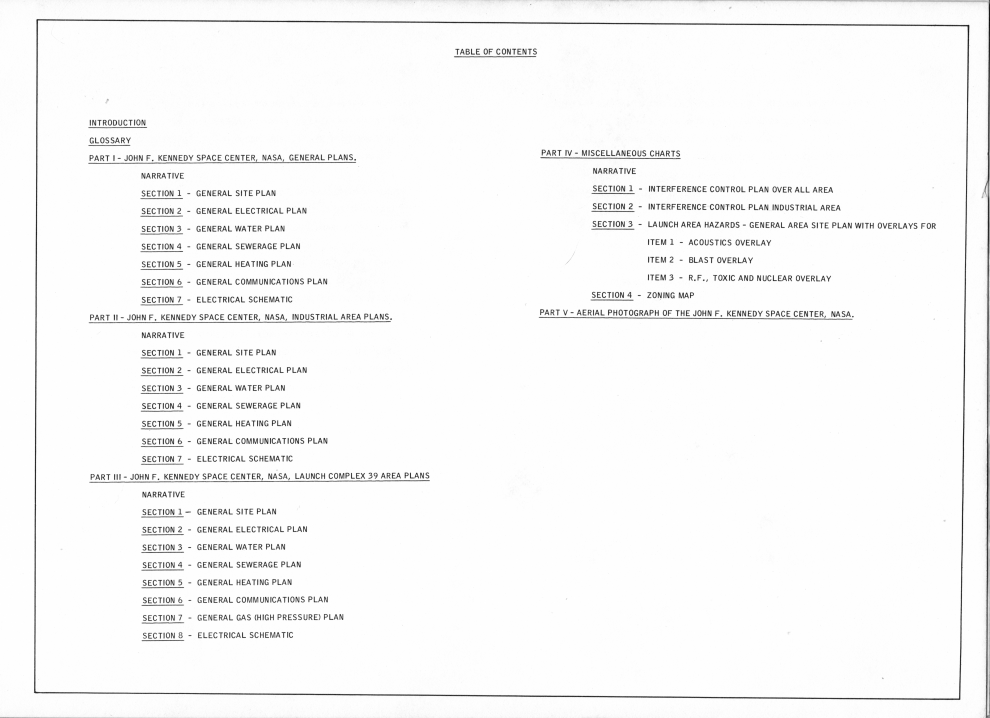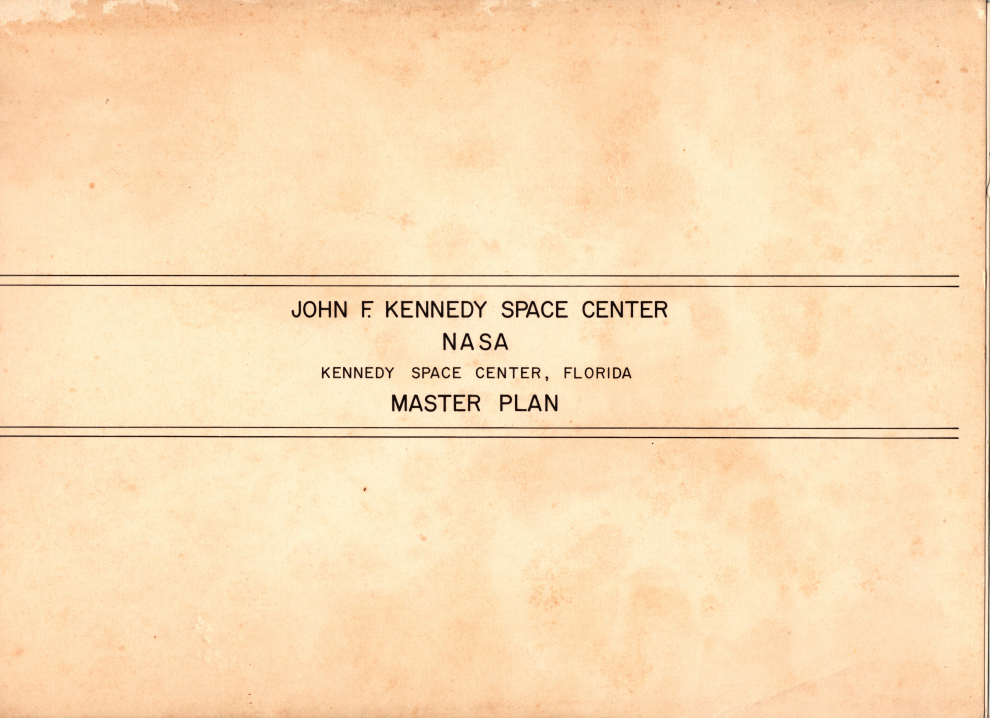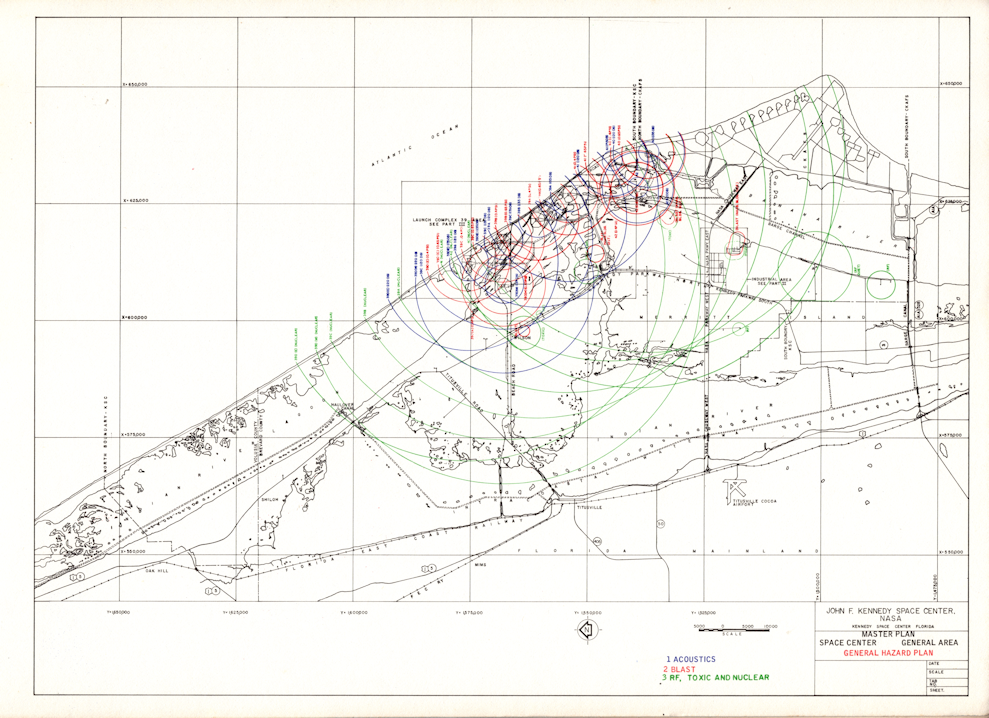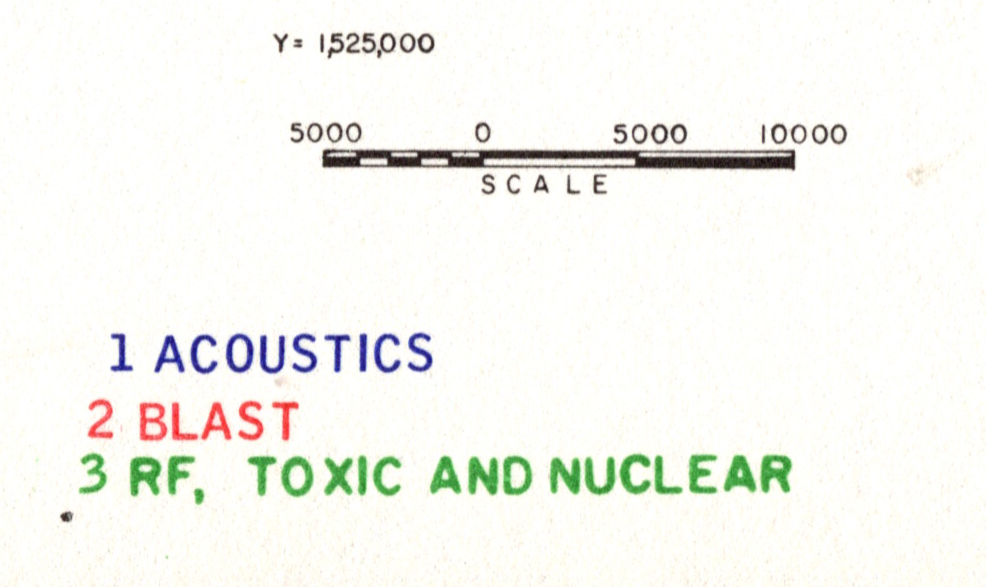The rewards for August, 2023, have been released. They include:
Document: Report No. ZD-013, “Preliminary Detail Specification for United States Navy Class VP Long Range Patrol Seaplane,” Convair, 1 April 1946
Document: “Space Shuttle: What Will It Do?” A 1970’s brochure describing the Shuttle, with six full-color full page illustrations
Art: McDonnell-Douglas lithograph of “NASA Earth Orbital Space Station”
CAD Diagram: Northrop Grumman Next Generation Long Range Strike
If you would like to help fund the acquisition and preservation of such things, along with getting high quality scans for yourself, please consider signing on either for the APR Patreon or the APR Monthly Historical Documents Program. Back issues are available for purchase by patrons and subscribers.
And as happens far too often, I’ve been remiss in my PR campaign. The rewards for July, released a month ago, included:
Document: “C-5 Galaxy Pocket Guide,” brochure giving info on the C-5
Document: GDIC-64 O29-21, “Alighting Gear Convair Model 48 Light Armed Reconnaissance Airplane,” an illustrated report on the landing gear for Convairs competitor for the OV-10
Document: “Police Department Lecture #3 Effects of Atomic Weapons,” an early-50’s paper describing what NYC could expect int he event of a nuclear strike
Diagram: EMW “Wasserfall,” German WWII surface to air guided missile
CAD Diagram: Boeing 2707-100-derived bomber
